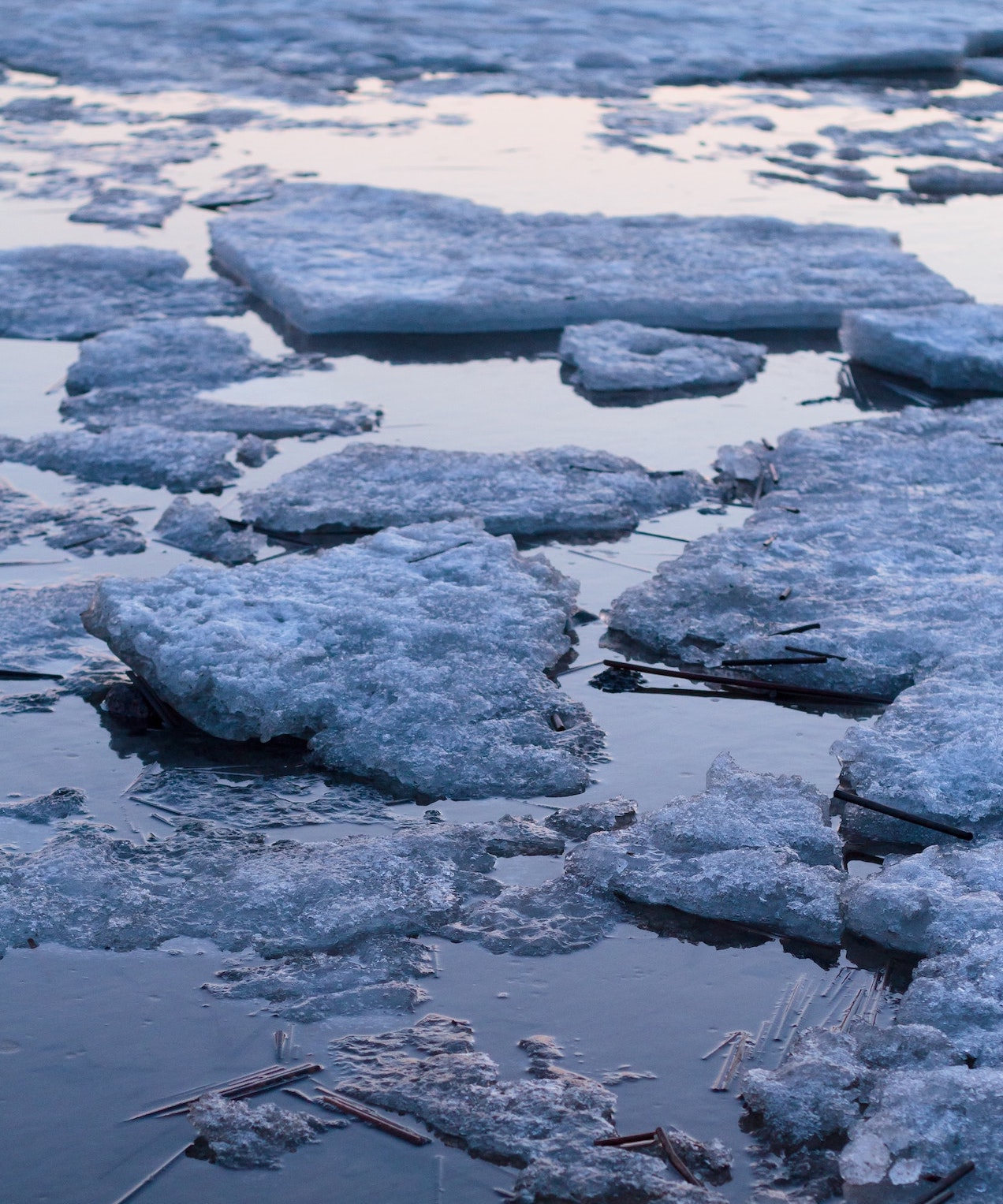The Science of Climate Change: Understanding the Evidence and the Importance of Taking Action
Climate change is a global crisis that affects us all. From rising temperatures to extreme weather events, the effects of climate change are becoming increasingly evident. But how much do we really understand about the science of climate change? In this article, we’ll explore the evidence behind climate change and the importance of taking action to address this pressing issue.
The Science of Climate Change: Understanding the Evidence and the Importance of Taking Action
Climate change is a global crisis that affects us all. From rising temperatures to extreme weather events, the effects of climate change are becoming increasingly evident. But how much do we really understand about the science of climate change? In this article, we’ll explore the evidence behind climate change and the importance of taking action to address this pressing issue.

What is Climate Change?
Climate change refers to long-term changes in global or regional climate patterns. These changes are typically caused by human activities, such as burning fossil fuels, deforestation, and other land-use changes that release large amounts of greenhouse gases into the atmosphere. These gases, including carbon dioxide, methane, and nitrous oxide, trap heat in the earth’s atmosphere, leading to a warming effect commonly referred to as the greenhouse effect.
Evidence of Climate Change
The evidence for climate change is overwhelming and comes from a variety of sources. For example, scientists have found that the earth’s temperature is rising at an unprecedented rate, with 2020 being tied for the warmest year on record. This warming trend has been observed across the globe, with temperatures in some areas increasing at a faster rate than others.
In addition to rising temperatures, climate change is also causing other significant changes to the earth’s systems. For example, sea levels are rising as a result of melting ice sheets and glaciers. This poses a threat to coastal communities and infrastructure around the world.
Another consequence of climate change is the increase in extreme weather events, such as heatwaves, droughts, floods, and hurricanes. These events are becoming more frequent and intense, leading to devastating consequences for communities around the world.
What is Climate Change?
Climate change refers to long-term changes in global or regional climate patterns. These changes are typically caused by human activities, such as burning fossil fuels, deforestation, and other land-use changes that release large amounts of greenhouse gases into the atmosphere. These gases, including carbon dioxide, methane, and nitrous oxide, trap heat in the earth’s atmosphere, leading to a warming effect commonly referred to as the greenhouse effect.
Evidence of Climate Change
The evidence for climate change is overwhelming and comes from a variety of sources. For example, scientists have found that the earth’s temperature is rising at an unprecedented rate, with 2020 being tied for the warmest year on record. This warming trend has been observed across the globe, with temperatures in some areas increasing at a faster rate than others.
In addition to rising temperatures, climate change is also causing other significant changes to the earth’s systems. For example, sea levels are rising as a result of melting ice sheets and glaciers. This poses a threat to coastal communities and infrastructure around the world.
Another consequence of climate change is the increase in extreme weather events, such as heatwaves, droughts, floods, and hurricanes. These events are becoming more frequent and intense, leading to devastating consequences for communities around the world.
The Importance of Taking Action
The evidence for climate change is clear, and the consequences of inaction are dire. That’s why it’s essential that we take action to address this issue. There are several steps we can take to reduce our carbon footprint and slow the pace of climate change. Here are some examples:
-
Reduce Energy Consumption: By reducing our energy consumption, we can decrease the amount of greenhouse gases released into the atmosphere. This can be achieved by using energy-efficient appliances, turning off lights when they’re not in use, and using public transportation or carpooling instead of driving alone.
-
Invest in Renewable Energy: Renewable energy sources, such as solar and wind power, emit far fewer greenhouse gases than fossil fuels. Investing in renewable energy can help reduce our reliance on fossil fuels and slow the pace of climate change.
-
Support Conservation Efforts: Conservation efforts, such as protecting forests and wetlands, can help absorb carbon dioxide and other greenhouse gases from the atmosphere. Supporting these efforts can help mitigate the effects of climate change.
-
Advocate for Change: Finally, we can advocate for change by supporting policies and initiatives that prioritize climate action. This can include supporting politicians who prioritize climate change, joining advocacy groups, and participating in peaceful protests and demonstrations.
Climate change is a pressing issue that requires urgent action. By understanding the evidence behind climate change and taking steps to reduce our carbon footprint, we can slow the pace of climate change and mitigate its effects. It’s up to all of us to take action to protect our planet for future generations.
The Importance of Taking Action
The evidence for climate change is clear, and the consequences of inaction are dire. That’s why it’s essential that we take action to address this issue. There are several steps we can take to reduce our carbon footprint and slow the pace of climate change. Here are some examples:
-
Reduce Energy Consumption: By reducing our energy consumption, we can decrease the amount of greenhouse gases released into the atmosphere. This can be achieved by using energy-efficient appliances, turning off lights when they’re not in use, and using public transportation or carpooling instead of driving alone.
-
Invest in Renewable Energy: Renewable energy sources, such as solar and wind power, emit far fewer greenhouse gases than fossil fuels. Investing in renewable energy can help reduce our reliance on fossil fuels and slow the pace of climate change.
-
Support Conservation Efforts: Conservation efforts, such as protecting forests and wetlands, can help absorb carbon dioxide and other greenhouse gases from the atmosphere. Supporting these efforts can help mitigate the effects of climate change.
-
Advocate for Change: Finally, we can advocate for change by supporting policies and initiatives that prioritize climate action. This can include supporting politicians who prioritize climate change, joining advocacy groups, and participating in peaceful protests and demonstrations.
Climate change is a pressing issue that requires urgent action. By understanding the evidence behind climate change and taking steps to reduce our carbon footprint, we can slow the pace of climate change and mitigate its effects. It’s up to all of us to take action to protect our planet for future generations.



























